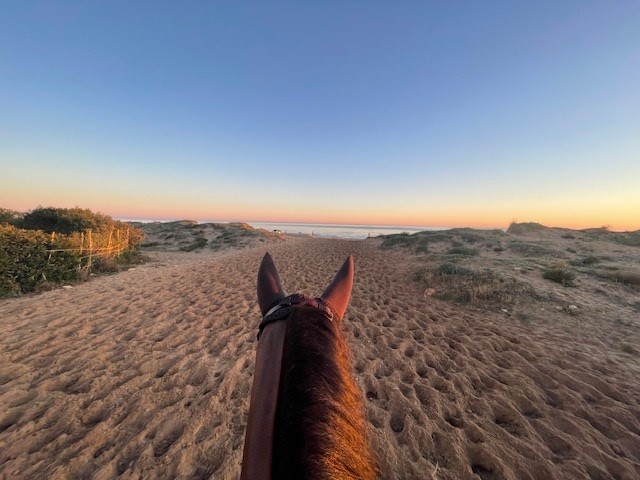This summer’s drought is one of the worst in recent memory, and has left many horse owners scrambling to find high-quality hay to supplement parched fields. The severity of the drought means that some crops and fields are beyond hope, but good land management can at least help mitigate field damage in areas that are less hard-hit.
If you’re a horse owner who doesn’t have control over pasture maintenance, be sure to read our last post about steps you can take to help your horse stay hydrated and nourished during summer droughts.
If you’re a landowner, you have an additional tool to use in the battle against the heat: Proper field management. One of the best ways to avoid compromised nutrition during the summer months is to properly care for your pastures by field rotation and mowing schedules.
Maintaining Your Pastures for Optimal Nutrition
Since two-thirds of grass’s nutrition is in the leaves, it’s important to keep grass at the optimum height for maximum protein and vitamin content.
- Rotate your fields by erecting temporary fences to allow grass to recover from grazing.
- Begin rotation when grass has been grazed to a height of 4 inches.
- Mow your horse’s field several times during the growing season to maintain an optimum height of 8 inches, which will provide additional shade to the soil and encourage deeper roots.
- Monitor what grows in your fields. Some native grasses may have better drought or insect resistance than cultivated non-native species — but watch out for weeds, too.
- For lack of better forage, horses may turn to weeds for nutrition, and ingest potentially harmful species. Contact an agricultural extension agent to identify and help you contain harmful weeds.
Plan Ahead for Next Summer
One of the best ways to avoid compromising your horse’s nutrition during the hot summer months is to plan ahead for the next season. Not all field grass is created equal when it comes to drought management, so do your research to find the best fit for your area and for your soil.
- Consult a local agricultural extension agent about drought-tolerant grasses like alfalfa or alfalfa-grass mixes, which have a deep root system that helps combat drought.
- Do a soil sample to evaluate your soil and to determine the best grass variety options.
- Then, seed your fields with the appropriate mix to help combat dry conditions for next summer.
Good Digestive Health Helps Counteract Negative Effects of Drought
Smart management can help mitigate the damage from this year’s record drought, but it’s likely that hay crops will be less nutritious and harder to come by. When you’re dealing with a compromised feed source, it’s doubly important to keep your horse in good digestive health to be sure he can make the most of the feed that is available. Subscribe to the SUCCEED blog for additional updates on feeding conditions, and be sure to check out our earlier post about the most important daily steps you can take to combat summer drought.



